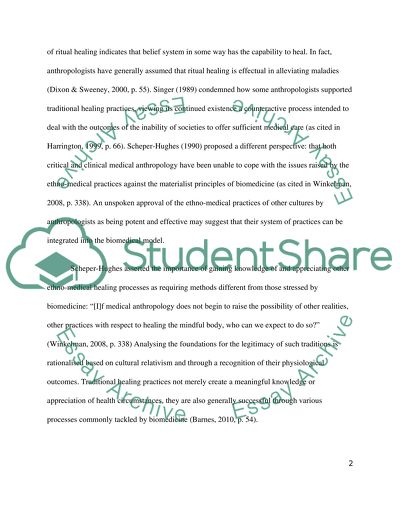Cite this document
(“Placebo effects and healing through belief system Thesis”, n.d.)
Retrieved from https://studentshare.org/health-sciences-medicine/1404162-healing-and-placebo-effect-in-clinical-practice
Retrieved from https://studentshare.org/health-sciences-medicine/1404162-healing-and-placebo-effect-in-clinical-practice
(Placebo Effects and Healing through Belief System Thesis)
https://studentshare.org/health-sciences-medicine/1404162-healing-and-placebo-effect-in-clinical-practice.
https://studentshare.org/health-sciences-medicine/1404162-healing-and-placebo-effect-in-clinical-practice.
“Placebo Effects and Healing through Belief System Thesis”, n.d. https://studentshare.org/health-sciences-medicine/1404162-healing-and-placebo-effect-in-clinical-practice.


